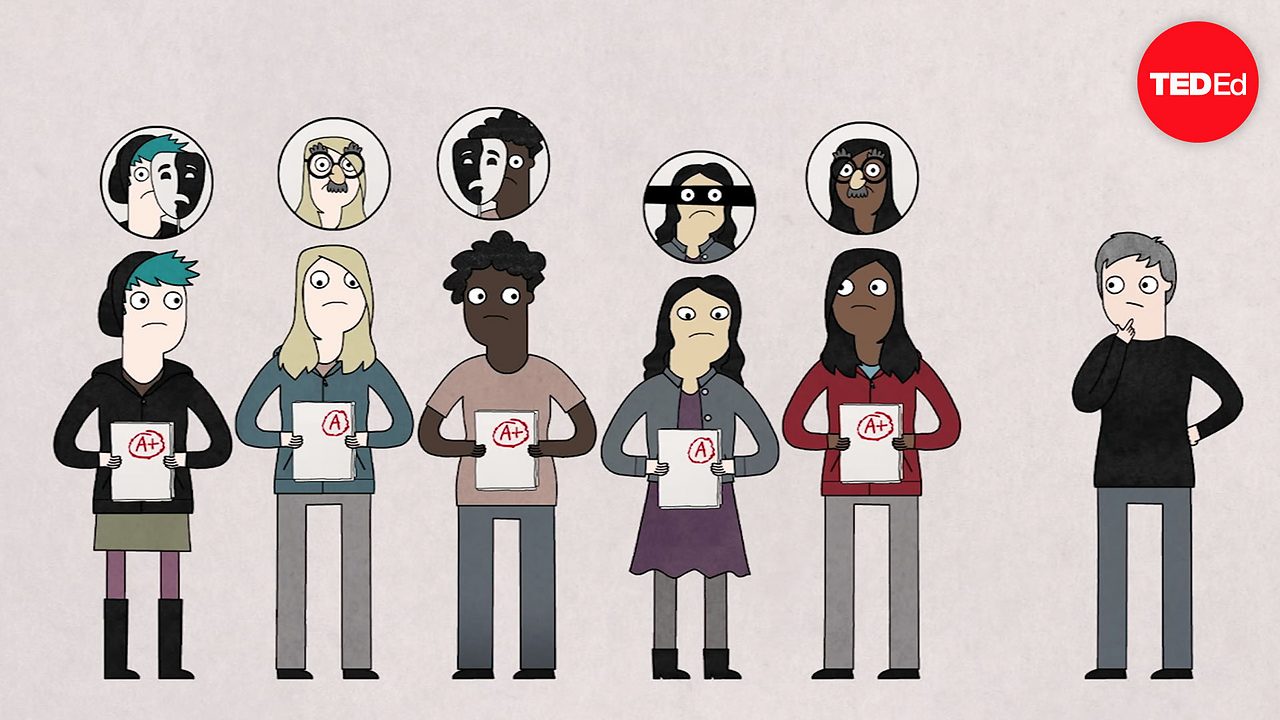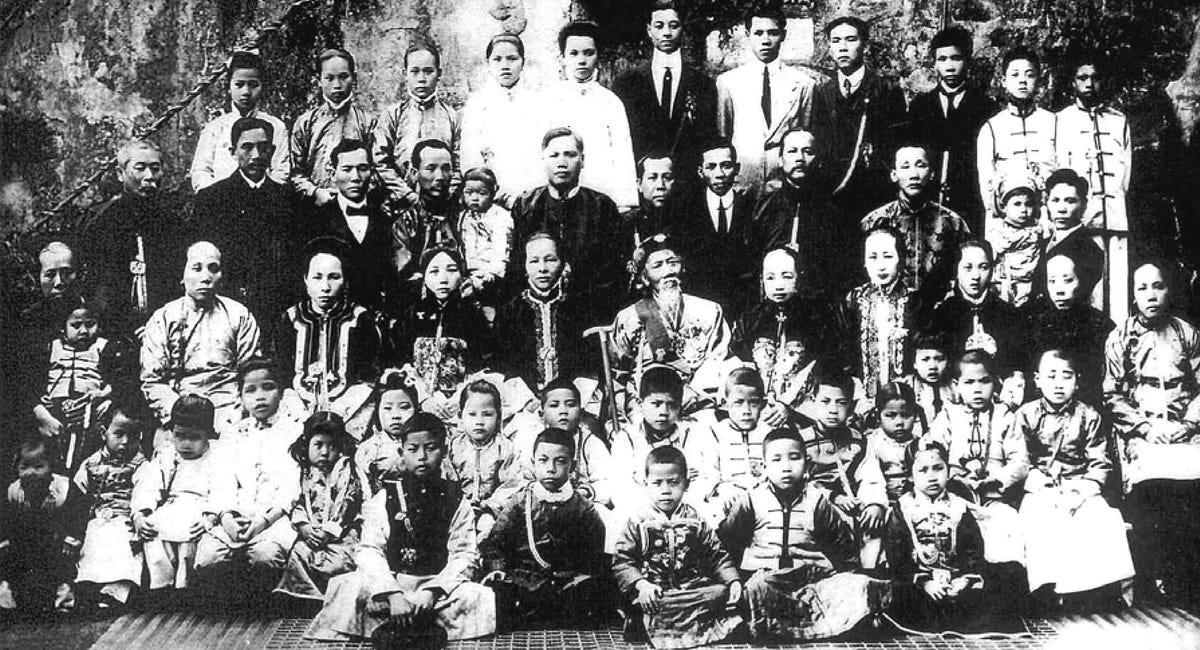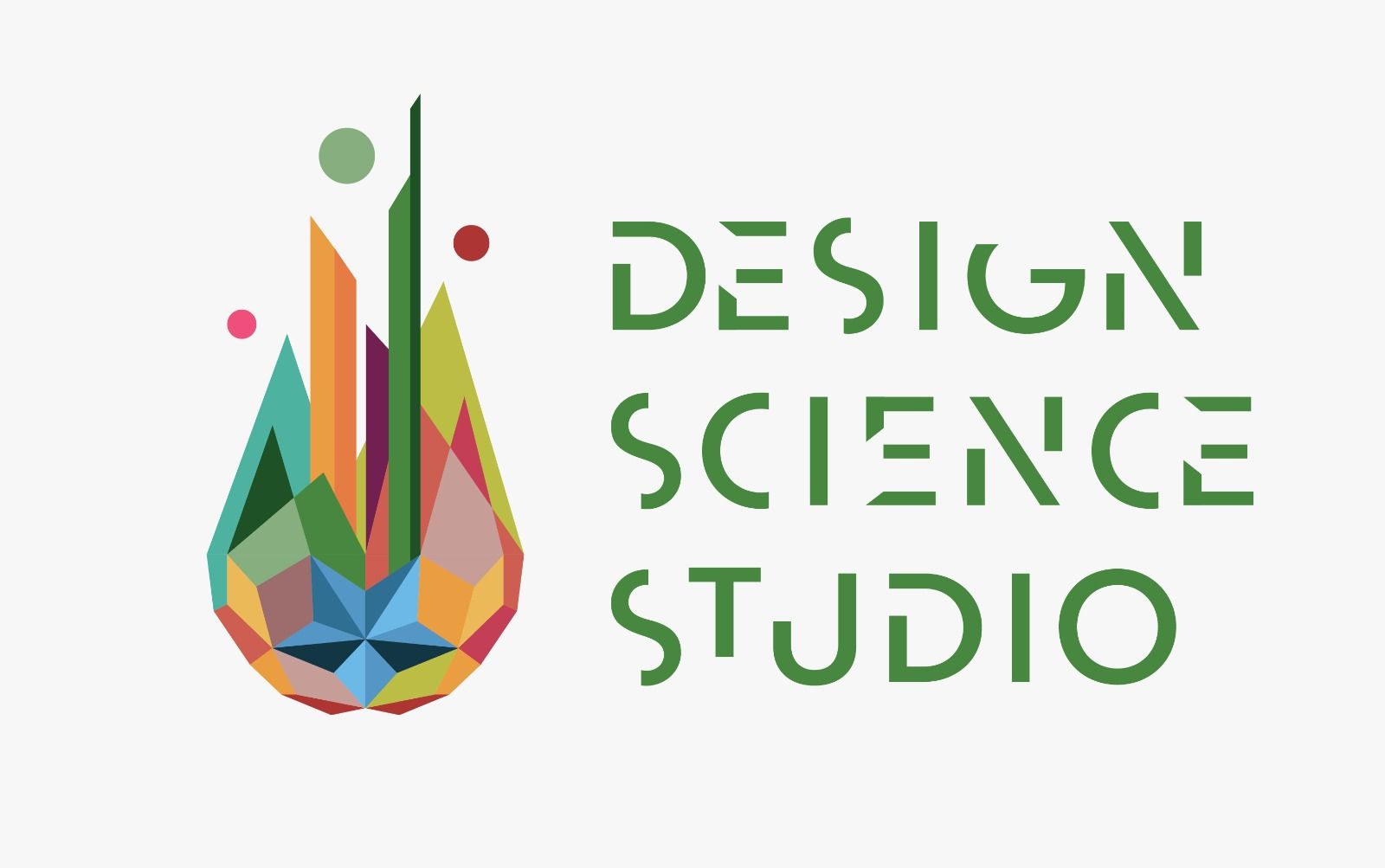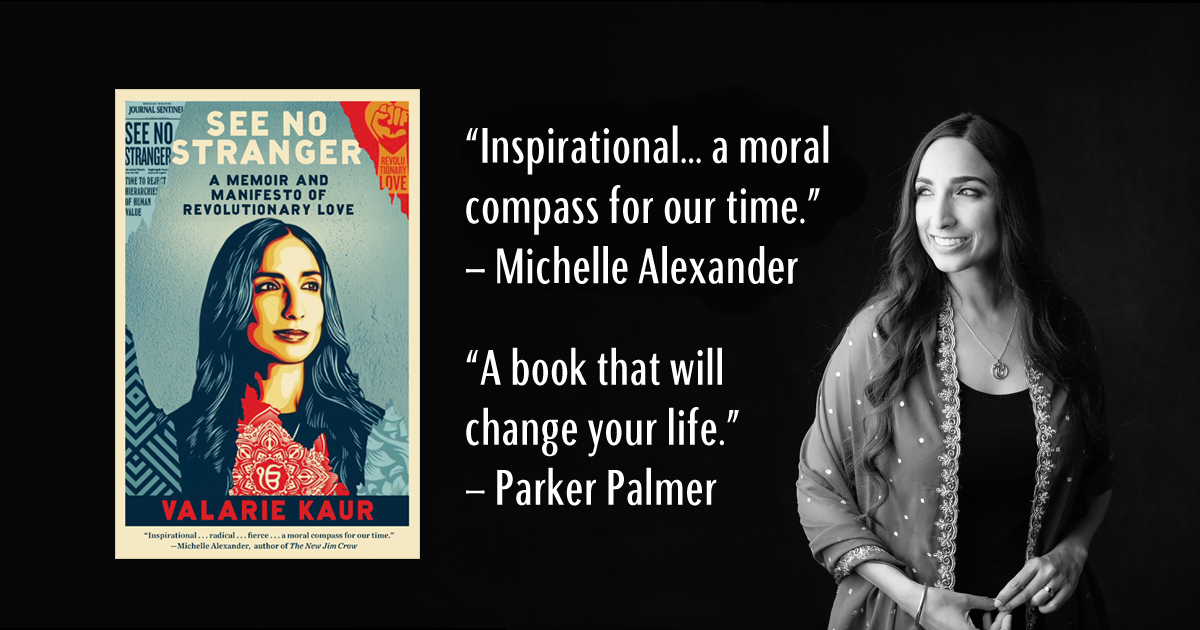Mind the Gap
The interregnum is fraught with challenges, uncertainty, ambiguity, confusion, and division. Yet there is hope. Not only that, if we are awake, we might notice a convergence. The mystery is found in the possibilities afforded by multiple systemic crises.

“Mind the gap" or sometimes "watch the gap" is an audible or visual warning phrase issued to rail passengers to take caution while crossing the horizontal, and in some cases vertical, spatial gap between the train door and the station platform.
The phrase was first introduced in 1968 on the London Underground in the United Kingdom. It is today popularly associated with the UK among tourists because of the particularly British word choice (this meaning of the verb mind has largely fallen into disuse in the US).

I was first introduced in 1968 at St. Paul’s Hospital in Vancouver, Canada as the first son of a doctor born in Hong Kong and a nurse born in Vancouver.
In my mind, throughout my childhood, I have been aware of a gap between my perception of the world and the reality around me. The questions I lived with were around whether there was something wrong with me or something wrong with the world or both.
My upbringing contrasted the vision of an eternal heaven with a personal Lord and Saviour, Jesus Christ, and the vast chasm that God had devised to separate the wheat from the chaff.
I was caught in a Catch-22. In order to be welcomed into heaven, I must fulfill the great commission to go into all the Earth and be a witness. Witnessing was modelled as a form of proselytizing, to save souls from eternal damnation in Hell.
However, I had not been taught how to converse or build relationships. My father’s voice dominated most conversations. My role as a child was to model a perfect Christian witness and the behaviour and learning abilities to validate my father’s claims about the efficacy of his medical prescription for all problems, the required diet for proper brain function.
It would be impossible for me to save a soul if I was afraid to talk to anyone. Unable to fulfill the great commission, I reasoned, I must not be one of the elect, so I feared I must be destined for Hell.
If God could not love me, why should anyone waste their time with me? The chasm between my inner world and the world of human social life was as vast as that between Heaven and Hell.
I would later learn about a condition called imposter syndrome. Looking back, I realize how well that phrase described my condition.


Comparison is indeed the thief of joy. My joylessness was yet another confirmation of my eternal separation from God. The contrast between myself and those experiencing the rapture of the Spirit around me reinforced the difference and my sense of alienation in every social situation.
The only saving grace was my ability to excel in academics and art. Surprised that Jesus had not yet returned, I wondered which might come first: the rapture or nuclear annihilation.

People get ready. There’s a train a-comin’. Mind the gap, indeed. I was pretty sure that I would be left behind.
In the meantime, how was I to survive? My father gave me art supplies. I could fulfill a dream that he could not. He had wanted to be an artist, but his family would not consider him to be a success unless he followed in his father’s footsteps and became a physician.

I filled the gap between aspiration and lived reality for my father as he lived vicariously through his children.
I learned by age 12 that I had artistic abilities that others did not. This perception and the determination to excel was rewarded with art awards throughout my high school experience. The courses I took set a path from art to commercial art to my acceptance into a two-year Graphic and Visual Design program at Kwantlen College.
After a three-month trip to Hawaii, Australia, and Fiji with my two younger brothers, I came home to Tsawwassen and interviewed with the son of my mother’s friend. I started working the next week as a junior graphic designer at a studio in Vancouver’s Yaletown warehouse district.
I quickly became involved in the technological revolution from chemical, mechanical, and analog process for photographic reproduction of hand-rendered designs to digital tools. In the process of change, many local workers who had specialized in a trade related to the graphic design industry were losing their jobs as computers rendered their labour obsolete.
I learned that my survival would require the ability to adapt to new technologies. I have followed that path of innovation to the present, witness to changes in technology from print to video to CD-ROMs to the internet to open source development to UX design and service design.


In my role as a design instructor and mentor, I drew upon Marty Neumeier’s Innovation Workshop, in which he describes design as the gap between vision and reality. Through design, we draw from the aspirations of the Greek philosophers to engage in a process of knowing, making, and doing: to know truth, to make beauty, and to do good.

When I joined the Design Science Studio last year, I discovered a new way to think about design that validated my perception that our world was reckoning with the unintended consequences of design, as well as the very real harms that were intentionally designed into our social, economic, and political systems.

In the midst of a global pandemic, our family experienced the fragility of life and death as we contemplated the brevity of existence on this thin film of life that covers the surface of the earth. My grandchild was born and my father-in-law died of COVID-19.
In a single day, I stopped most of my work as a designer and became executor of my father-in-law’s will and administrator of his estate. The loss of identity was punctuated by my removal from my position on the Executive Board of the BC Chapter of the Graphic Designers of Canada.

We are, as Lynne Twist recounts in The Soul of Money, hospicing the old and midwifing the new.

“The future is dark. What if this is not the darkness of the tomb – but the darkness of the womb? What if this is our greatest transition?”

We live in the gap, in the transition. We labour and we push or we die. A new life is emerging.
The interregnum is fraught with challenges, uncertainty, ambiguity, confusion, and division.
Yet there is hope. Not only that, if we are awake, we might notice a convergence. There is a recognition of the obsolescence and crumbling of ideologies, industries, and empires. The mystery is found in the possibilities afforded by multiple systemic crises.
When change is sought through adaptation to existing systems, that change is sourced from the system itself. In this case, perpetuation is more likely than change.
— Nora Bateson, Aphanipoiesis
Nora Bateson writes of the unseen, the unknowing, and unlearning to lean into the emergence of that which we cannot perceive or conceive. Beyond our control or design, we are witnesses to a wave of divergence along with a simultaneous wave of convergence, the contractions and labour to bring forth life, freedom, and possibilities previously unimaginable.
Living systems are a constant combining of multiple forms of communication and interaction between organisms. While it may be possible to point to some of the first order combining and communications in living systems, the second and higher orders of communication remain unseen, inseparable, undefinable, and crucial to the trajectories and aesthetics of ongoing vitality. This process of unseen coalescence could use a name.
Afanis: Greek root meaning obscured, unseen, unnoticed.
Poiesis: Greek root meaning to bring forth, to make.
By bringing together two words from ancient Greek, I propose the word aphanipoiesis as a term for this way in which life forms in unseen ways.
A possible definition of aphanipoiesis could be:
(n.) An unseen coalescence toward vitality.
(n) A coalescence of experience becoming unseen.

We are learning to be resilient, to realize that humans naturally come together in a crisis. We can become aware of our shadows and overcome our losses and traumas to heal and to regenerate. We can remember how we have adapted and changed to rise to the occasion and be the ones we have been waiting for. We can acknowledge the innovation and invention that emerges from failure. The lesson is not to repeat the old patterns and the mistakes of the past but to learn new ways while honouring ancient wisdom and practices with gratitude to all our kin and our ancestors, to whom we owe our very existence.
Divided spheres of perception
As we contemplate the divided hemispheres of our consciousness and the divided hemispheres of our globe, we recognize the East/West divisions of our philosophical and spiritual heritage as well as the social, economic, and political divisions of the North and South.
As DNA is not deterministic but rather a library of possibilities, so our physical and metaphysical divisions are descriptive rather than prescriptive. Neuroplasticity gives us a model for our ability to rewire our brains through novel experiences and the formation of new habits and behaviours. We can practice new ways of knowing, being, and doing that increase connections, capacity, and power.
When we reorient ourselves from the projection of shadows to the reflection of realities, we can transform our perceptions and transform the regrets of the past and the fear of the future into a fully embodied presence in the awareness of love and in reciprocity with life, in interdependence and interconnection with the relationships of energy that surround us.
How, then, do we integrate our divided hemispheres into whole spheres?
Humans have created a metaphysical world that appears to be an extension of our physical brains. The East and West hemispheres of the Earth appear to represent the cognitive/emotional divide that we are learning about through brain science and cognitive behavioural therapy. Western philosophy is analytical, rational, objective, and disembodied while Eastern philosophy is intuitive, emotional, subjective, and embodied.

Convergence and divergence
Buckminster Fuller helped children recognize how the answers they were given in school did not actually satisfy the questions that emerge from experience. The gap between perception and reality is the only thing that separates humans from the possibility of success as a species.
“Now let’s look at something else they taught you in school.
You’ve been taught to think in terms of “perpendicular” and “parallel,” and in “x, y, z coordinates.” These are all concepts based on 90°, based on a view of the world where the major relationships are at right angles to each other.
But Universe doesn’t operate perpendicular or parallel. Universe operates the way you grow. You grow bigger in all directions from the center of your body, like a balloon getting larger and larger as more air is forced in.
So the words for our real Universe are convergence and divergence. That’s how a wave operates.
BENJAMIN: What are the words?
FULLER: Convergence and divergence. To converge means to come together. Verge is Latin for “moving,” and con means “together.” To diverge is to move apart, di meaning “apart.” That’s how all wave phenomena operate. Drop a pebble in a pond, and the waves diverge out from the point where the pebble hit the water. Then the waves hit the edges of the pond and converge back toward the point of impact. Radar operates the same way, and so do sound waves. An echo is sound waves diverging[…]”
Excerpt From: Richard J. Brenneman. “Fuller’s Earth.”

A shift in perception
The shift required to transcend our conditioning to passively accept our roles as the designers, builders, and maintainers of entropy machines requires that we remember our true nature as a syntropic living organism of a diverse and complex community of organisms.
We are in the process of convergence as we go beyond the paralysis of the endless conflicts and duality of thesis and antithesis to realize the possibilities of synthesis, catharsis, and metamorphosis.
In recognizing our oneness, we can be transformed by the renewing of our minds, by the change in perception that allows us to dismantle the boxes we have constructed in our minds. The illusions dissolve in the realization of the sphere of the living universe and the expanding consciousness that we inhabit.
The brain and the mind
Buckminster Fuller makes a distinction between the brain and the mind.
“BENJAMIN: You seem to feel there’s a difference between the mind and the brain. What is it? What do you use the brain for? The mind?
FULLER: The brain is always coordinating the information of our senses: seeing, hearing, smelling, touching, tasting. It’s the only way we know there’s something outside ourselves. The brain is the only way we know we’re alive. Our brain is our way of saying, “This one smells different from that one.” Our brains are dealing in special cases—each sensation we encounter is a special case—and making systems, making packages of what’s relevant and irrelevant. Its only concern is the system of the moment. Right now I’m concerned with the system of all-of-us-as- a-group-around-the-table. The brain remembers these special cases.
Now the mind from time to time discovers relationships between the special cases that are not in a special case considered just by itself. For example, the discovery of the existence of the solar system, as opposed to looking at just one planet at a time.
Another example of mind is Newton’s discovery of the law of gravity, the law of mass interattraction of celestial bodies. This is an existing relationship that does not manifest itself in any single body considered just by itself.
So the mind deals in relationships.
Science is the use of mind to discover generalized laws. A generalized law cannot have any exceptions; and because it cannot have any exceptions, a generalized law is inherently eternal.
So mind is dealing in the eternal, and the brain deals in the temporal, the special cases that begin and end. There is a very big difference.”
Excerpt From: Richard J. Brenneman. “Fuller’s Earth.”
In the geometry of thinking, the quantities of physics are related to the qualities of the metaphysics. The quantifiable properties of the universe correspond to the qualitative principles of the universe.
The brain helps us to perceive the quantifiable properties of the universe. The mind helps us to discover the relationships between physics and metaphysics.
Wish you were sphere
Atomism (from Greek ἄτομον, atomon, i.e. "uncuttable, indivisible") is a natural philosophy proposing that the physical universe is composed of fundamental indivisible components known as atoms.
The only atom in the universe is the universe itself.






